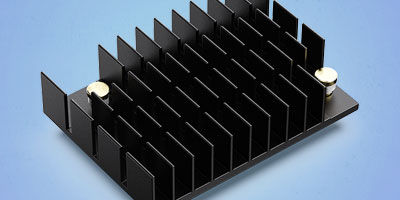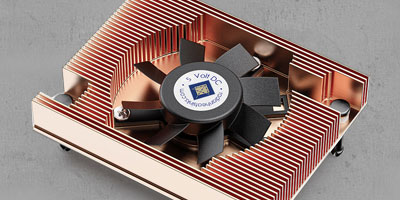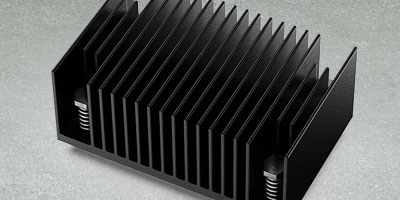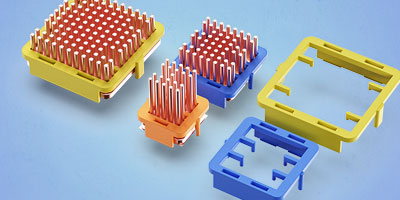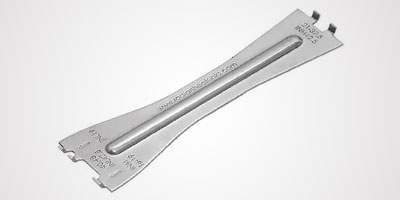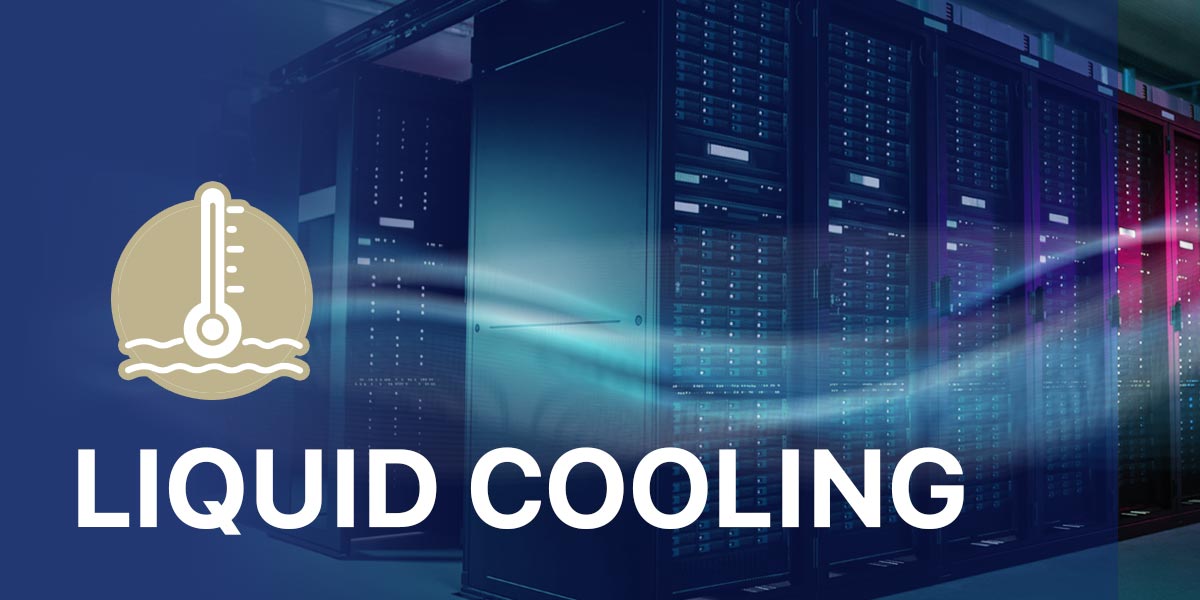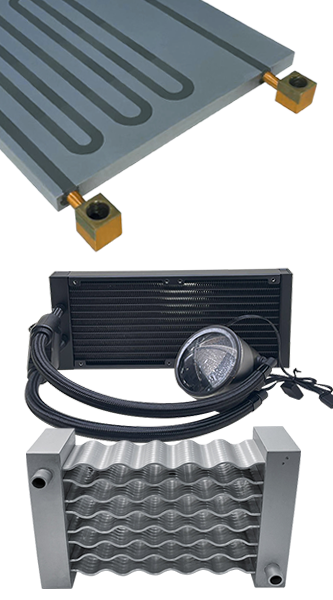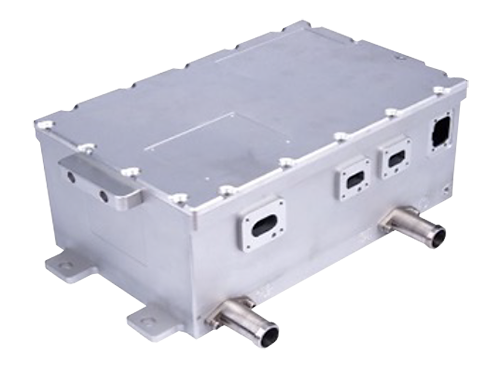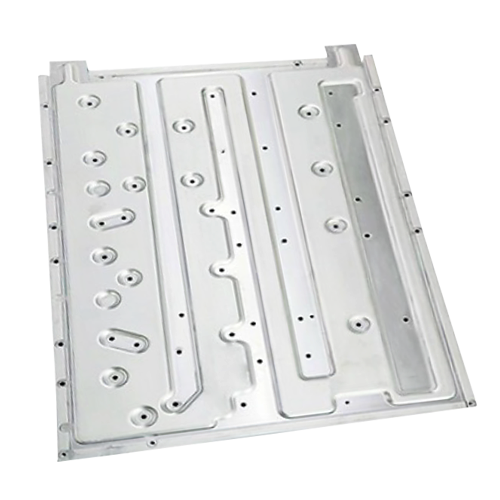With the growing demand for high power density solutions, there is a growing need for advanced cooling technologies that not only enhance performance but also prioritize reliability and sustainability. Radian Thermal offers custom cooling systems that cater to the diverse needs of our clients. We develop our liquid cooling systems with complex systems designed to provide superior heat dissipation using less power, which ultimately results in lower operating costs and a reduced carbon footprint.
Liquid cooling has gained popularity across various industries, particularly in computing, automotive, and industrial applications. As electronic devices and systems become more powerful and compact, managing heat becomes increasingly critical to ensuring performance and longevity. This article delves into the principles, advantages, applications, and future of liquid cooling technology.
